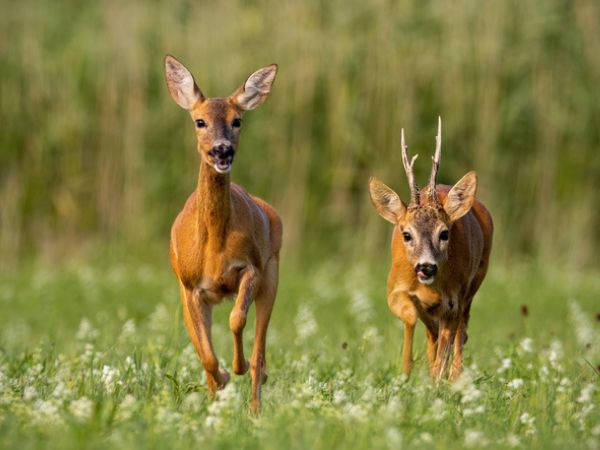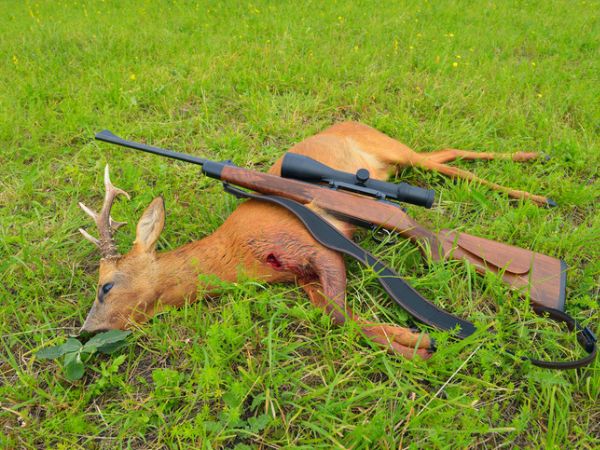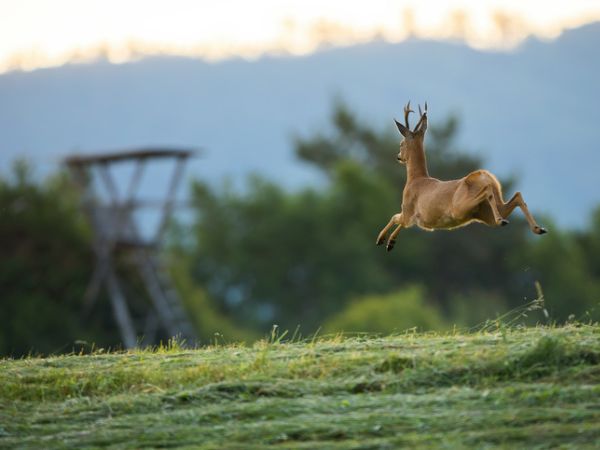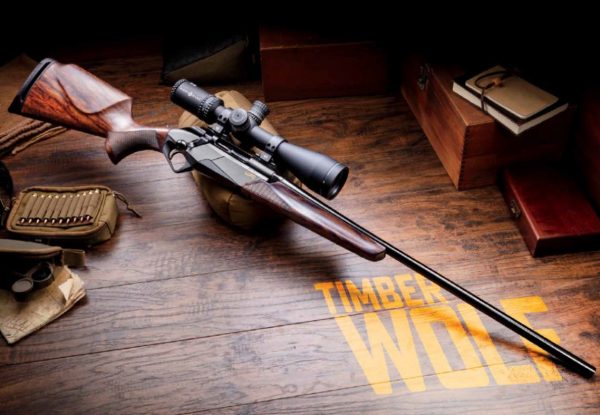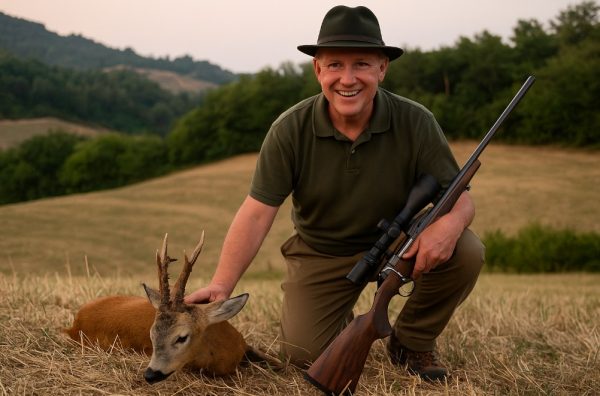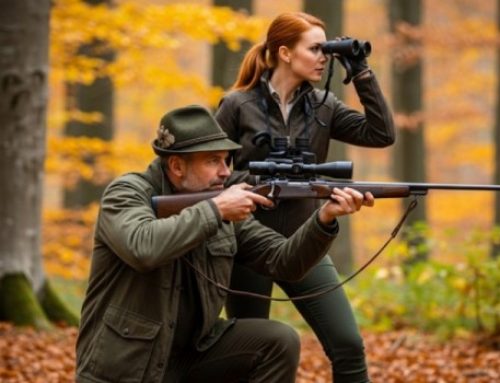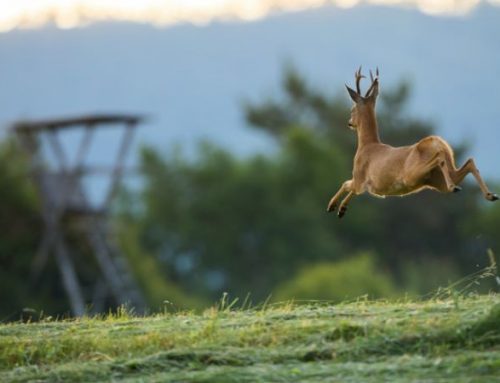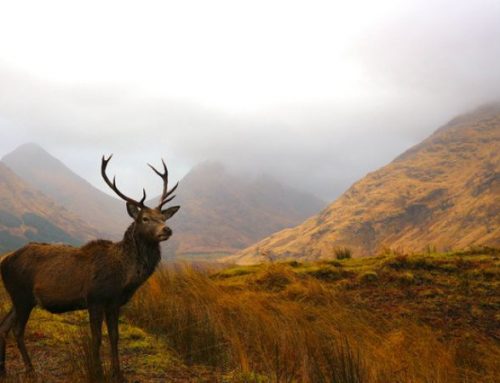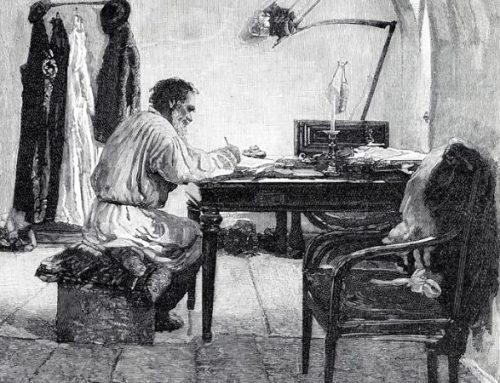Roe deer hunting is a particular kind that speaks to the soul, a pursuit that connects man to the land, where patience, knowledge, and skill blend into a delicate balance between predator and prey.
Roe deer stalking in Italy is not merely a method of hunting—it is an art, a discipline shaped by time and tradition, where the hunter becomes a silent observer, moving through the landscape like a whisper on the wind.
To stalk a roe buck in the early morning mist, when the hedgerows glisten with dew and the world is hushed save for the soft murmur of a waking countryside, is to step into a story as old as Italy itself. Here, the land does not give up its secrets easily, nor does the quarry present itself without challenge. The hunter must earn his place among the ancient hills and shadowed woodlands, where every step, every breath, every moment of stillness is part of the grand design of nature.
The Roe deer: A Creature of Elegance and Mystery
Among all the game animals in Italy, the roe buck stands apart. Smaller and more delicate than the mighty red stag, yet no less majestic, he is the true spirit of the Italian countryside. His form is graceful yet powerful, his movements swift and silent, and his instincts sharp as the edge of a keenly honed blade.
In the golden glow of summer, his rich chestnut coat gleams, a stark contrast to the more subdued ashen grey of winter, when the land itself seems to slumber beneath the frost. His antlers, a mark of his strength and vitality, are at their finest in the summer months—tall, thick, and symmetrically set, each tine a testament to seasons survived and battles won. But time is an unforgiving master, and as the years pass, his proud frame begins to wane, his antlers grow thinner, his steps a little slower. The old ones, the returning bucks, have seen their prime and now live in the shadows, watching over their kingdom until the inevitable calls them home.
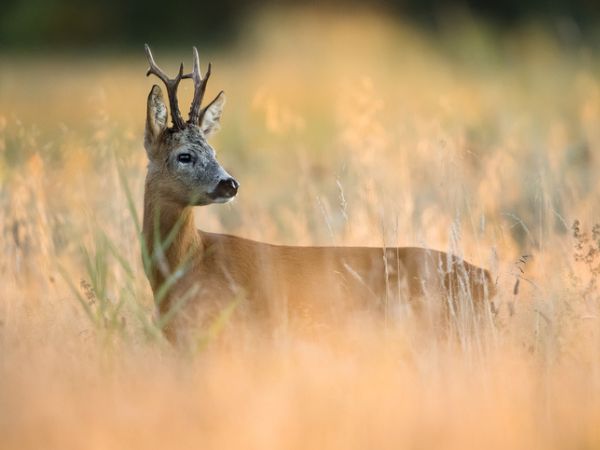
It is the keen-eyed hunter, one with deep respect for the balance of nature, who understands that not all trophies are found in the grandest antlers. To select a weaker, aging buck, or to remove an ailing beast that threatens the herd, is to uphold the age-old responsibility of the true sportsman—one who does not take, but manages, conserves, and protects.
The Rut: A Wild Spectacle of Nature
Late summer brings a change upon the land. The air carries a faint, musky scent, the evenings hum with unseen energy, and the forests echo with the sounds of battle. It is the time of the rut, the season where bucks forsake their caution and throw themselves into wild, reckless combat for the right to pass on their lineage.
The meadows and woodland edges bear witness to territorial duels, with bucks clashing in furious bursts of power, antlers locked in primal contest. The victor claims his reward—the right to pursue the does, to carve his mark upon the land. In their wake, they leave rings of trampled grass, circular trails where the chase has played out, signs of the drama that unfolded beneath the stars.
For the hunter, this is a time of anticipation and challenge. The roe buck, normally elusive and reserved, now throws caution to the wind, distracted by the call of nature. Here, one may use the old, time-honoured tricks—the call of a doe in distress, the mimicry of a rival challenger—to lure the buck into the open. But be warned: a seasoned buck will not fall easily for such deception, and a single misstep may see him vanish like mist into the undergrowth.
The Ethical Shot: Precision, Honour, and Responsibility
In the heart of every true hunter lies an unspoken code of respect—for the quarry, for the land, and for the very act of hunting itself. It is not enough to simply take a shot; one must make it count, ensuring that the final moment is one of swift and merciful certainty.
Where to Place the Shot
All deer, whether great or small, carry the same vital zones, yet in the slight frame of a roe buck, those areas are more delicate, requiring finesse, patience, and skill. There are three lethal zones:
- The Heart and Lungs: The most ethical choice, ensuring a clean kill with minimal suffering.
- The Neck: A controversial shot, as it demands absolute precision, lest the animal be wounded rather than dispatched.
- The Brain: A rarely attempted shot, as even the slightest miscalculation can result in needless cruelty.
In the traditions of Italian hunting, shots to the head or neck are frowned upon, seen as too risky, too uncertain. Instead, the focus is placed upon the heart and lungs, a target just behind the shoulder, where a well-placed bullet will deliver its full force without striking unnecessary bone. A premature impact on the shoulder blade can lead to hydrostatic shock occurring outside the vital organs, forcing the hunter into a long, arduous track of a wounded beast.
Aiming for Perfection
The seasoned stalker knows that patience is key. He does not fire at the first opportunity, but rather waits for the perfect alignment, ensuring that the animal is calm, unaware, and in an ideal position. The shot should be calculated, deliberate, and honourable—not an act of desperation, but a conclusion to a carefully orchestrated pursuit.
There is a beauty in such precision, in the merging of man, rifle, and nature into a singular, decisive moment. When done correctly, the roe buck will fall where he stands, a quiet passing, a respectful ending to the chase.
The Stalk: A Dance Between Hunter and Prey
To walk the hedgerows and wooded glades in search of a roe buck is to take part in an ancient ritual, one that requires cunning, silence, and an unyielding connection to the world around you. The stalk is not a race, nor a contest of speed; it is a slow, measured dance, where every step, every breath, every flicker of movement matters.
One must read the wind, feel the shift of the earth beneath their feet, move with the rhythm of the forest itself. A snapped twig, a sudden motion, a shift in the breeze, and the quarry is lost, melting away into the undergrowth like a spectre. But for the hunter who masters the art of patience, who knows when to advance and when to stand still as a statue, the reward is beyond measure—the chance to witness the prince of the woods in all his quiet majesty.
For in that moment, before the shot is taken, before the final decision is made, there exists a rare and fleeting magic—the kind that only those who walk the land with reverence and purpose will ever truly understand.
From the Rockies to the Hills of Piacenza: My Italian Hunting Dream
My name is John Harrison. I come from Colorado, where elk and mule deer fill my seasons and the Rocky Mountains are my home. I’ve spent more than thirty years hunting across the western United States—but I had never experienced anything quite like Italy.
That changed the moment I set foot at La Montefeltro, a private hunting reserve nestled in the gentle hills of Rivergaro, in northern Italy’s Piacenza province nearby Milan. I wasn’t just looking for another trophy—I was chasing a different rhythm. Something quieter. Something deeper.
A Place That Breathes Hunting
The reserve felt timeless from the very first moment. Gentle slopes covered in oak and hornbeam, vineyards blending with ancient woods, and a silence interrupted only by birdsong and the crunch of leaves underfoot.
I was welcomed by Luca, my guide for the hunt. Young, yet deeply experienced, with a quiet confidence that only comes from a life lived in the woods. We spoke a little about the plan, sipped an espresso in the early morning light, and then slipped into the forest.
I had rent a Benelli rifle in .243 win, a versatile, soft-shooting caliber with enough authority for medium game. Light enough for long walks, powerful enough for precision. The kind of rifle you forget you’re carrying—until the moment comes.
The Stalk Begins
Our first evening was spent on foot, slowly stalking, ears and eyes tuned to every sound and shadow. The air was rich with the smell of damp earth and wild herbs. We heard the rutting call—low, hoarse, echoing from a valley below us. But as we moved closer, the wind betrayed us. A sudden shift. A silence. Then the unmistakable crack of twigs under strong hooves as the animal vanished, invisible in the dusk.
That night, I barely slept. I replayed every step in my mind. I knew better than to ignore the wind—but sometimes the forest teaches us again, gently but firmly.
Patience Pays Off
We were back at dawn, climbing into a small wooden high seat before the sky had turned grey. Cold air clung to the hills. We saw a group of does, and a young male—eager, restless, but far too young to take. We watched them feed and drift away.
Later that morning, we tried stalking again, pushing deeper into the forest. The bramiti—the guttural calls of fallow bucks—were distant now, muffled by a breeze rising from the Ligurian Sea. We decided to wait. Sometimes, it’s not about pushing forward, but knowing when to pull back.
The Evening That Changed Everything
That evening was different. The forest felt sharper, more alert. The light was golden, filtering through leaves now tinged with October rust. Twice we moved in, only to be blocked—once by thick undergrowth, once by a shift in wind. But Luca was calm. He knew this place better than most know their own garden.
And then it happened.
A low, rasping call.
We crept forward, careful with every step. The forest opened into a clearing, and there he was—a mature 10-year-old roe buck, broad of chest, thick-necked, his antlers wide and full of mass. He was watching over two does, his posture confident, regal.
I settled behind a low bush. The distance was about 130 meters. I rested the rifle on my sticks, steadied my breathing. The crosshairs found their place behind his shoulder. When the rifle barked, he dropped within seconds. Clean. Respectful. As it should be.
A Celebration of Tradition
Back at the hunting lodge, the fire was already lit. Lucia, the cook, met us with a smile that only old farmhouses seem to bring out in people. The dinner that night? A feast. Local wine, cured meats, and fresh pasta made by hand. And yes, a venison tonnato, gently seared and thinly sliced from the very buck we’d taken. A dish I’ll never forget.
I stayed in a beautiful suite, with every comfort—private bathroom, warm blankets, and silence outside the windows. The kind of silence that humbles you. The kind that stays.
Not Just a Hunt, But a Story
I came to Italy for a new experience. I left with more than I expected.
La Montefeltro isn’t just a reserve. It’s a place where ethics and beauty meet. Where you hunt not against nature, but with it. Where the guides are not just professionals, but custodians of a land that deserves reverence.
I’ll return. Of that I’m sure. Maybe in spring, maybe next autumn. Because somewhere in those woods, another buck will call. And I’ll be listening.
Technical mini-guide for perfect roe deer stalking
For those who love going into detail, here is a brief technical guide to help you prepare for your roe deer stalking in Italy. Every detail can make the difference. From the right caliber to the best clothing, this section is designed for hunters who want to approach hunting capriolo in Italy with full awareness and precision.
Recommended calibers for roe deer hunting
Roe deer are elegant and delicate animals: you don’t need powerful rounds, but rather accuracy and controlled energy.
The most suitable calibers include:
- .243 Winchester – a perfect balance between accuracy and soft recoil, ideal up to 200 meters.
- 6.5×55 SE – very soft to shoot and extremely effective at longer ranges, a classic choice in Scandinavia.
- 7mm-08 Remington – excellent for those wanting a little extra retained energy while maintaining precision.
Other good options: .308 Win with light bullets, 6XC, 6 Creedmoor. All of these are among the best calibers for roe deer in Europe.
Ideal scopes for stalking
When hunting the “elf of the woods,” your optics must be reliable and adaptable. Light conditions change quickly, and roe deer don’t wait.
- Variable magnifications 3-12x or 2.5-10x – perfect for woodland edges, vineyards, or open rolling hills.
- Simple reticles (Duplex or German #4) – for fast and intuitive target acquisition.
- Illuminated dot – very useful at dawn and dusk, when roe deer tend to be most active.
Average shooting distances
Typical distances for roe deer stalking in Italy vary between 80 and 180 meters, although shots up to 250 meters are not uncommon in open hilly terrain.
Practicing at the range with realistic field positions (e.g., shooting sticks, backpack rest, monopod) is strongly recommended.
Best clothing for roe deer hunting
Roe deer have moderate eyesight but incredibly sharp hearing and a powerful sense of smell. Your clothing choices matter a lot for a successful Italian roe deer hunt.
- Muted earth tones: olive green, brown, gray-green – avoid black or highly contrasting colors.
- Silent fabrics: steer clear of noisy or stiff garments.
- Breathable but warm: early mornings often come with large temperature swings.
- Durable trousers or gaiters: for moving through undergrowth or stubble fields.
- Low-profile headwear: a soft cap is better than a rigid cap for stalking.
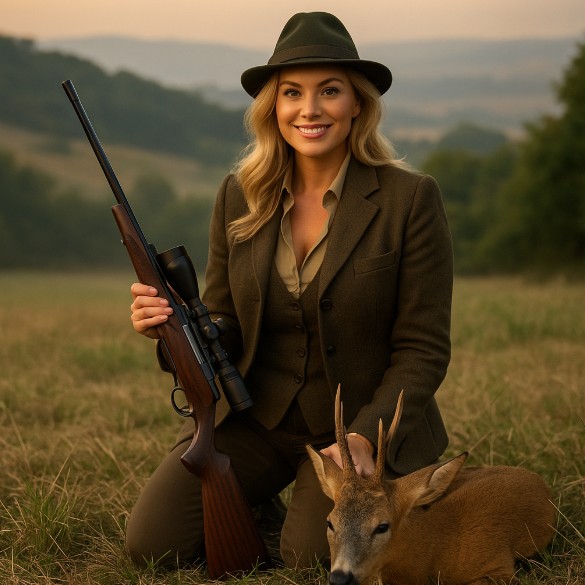
FAQ – Roe Deer Stalking in Italy
What is the best time of year for roe deer stalking in Italy?
The most exciting time is during the rut, between late July and early August, when bucks are more active and responsive to calls. However, stalking is possible from June to September, depending on the region and local regulations.
Do I need a hunting license or permits to hunt roe deer in Italy?
Yes, but don’t worry — Montefeltro takes care of all the necessary documents, licenses, and insurance so you can focus entirely on the hunt.
Is this experience suitable for first-time roe deer hunters?
Absolutely. Whether you’re a seasoned stalker or trying it for the first time, our experienced guides will tailor the approach to your skill level, ensuring a safe and rewarding hunt.
What kind of terrain will I be hunting in?
Expect a variety of landscapes — rolling hills, woodland edges, agricultural fields, and vineyards. Each outing feels different, and our guides choose the best spots based on animal activity and weather conditions.
Which rifle calibers are recommended for roe deer stalking?
Popular choices include .243 Win, .308 Win, and 6.5 Creedmoor — precise, with manageable recoil and excellent terminal performance on small to medium game.
Can I bring my own rifle and ammunition?
Yes, you can. We’ll assist you with the temporary firearm import procedure. Alternatively, we provide quality rifles and optics, already zeroed and ready to use.
What type of accommodation is included?
We offer charming countryside lodges or comfortable hotels close to the hunting grounds, complete with traditional Italian food and hospitality. Upgrades are available upon request.
Can non-hunters join the trip?
Yes. Spouses or companions are welcome and can enjoy sightseeing, wine tasting, or simply relaxing in the Italian countryside while you’re out hunting.
Is it possible to mount the trophy and ship it home?
Of course. We’ll help you select a taxidermist and manage the necessary documentation and shipping logistics.
What makes roe deer stalking in Italy unique?
It’s the perfect blend of challenge, beauty, and tradition. Stalking in golden light among vineyards and oak forests, guided by passionate professionals, is something truly unforgettable.


